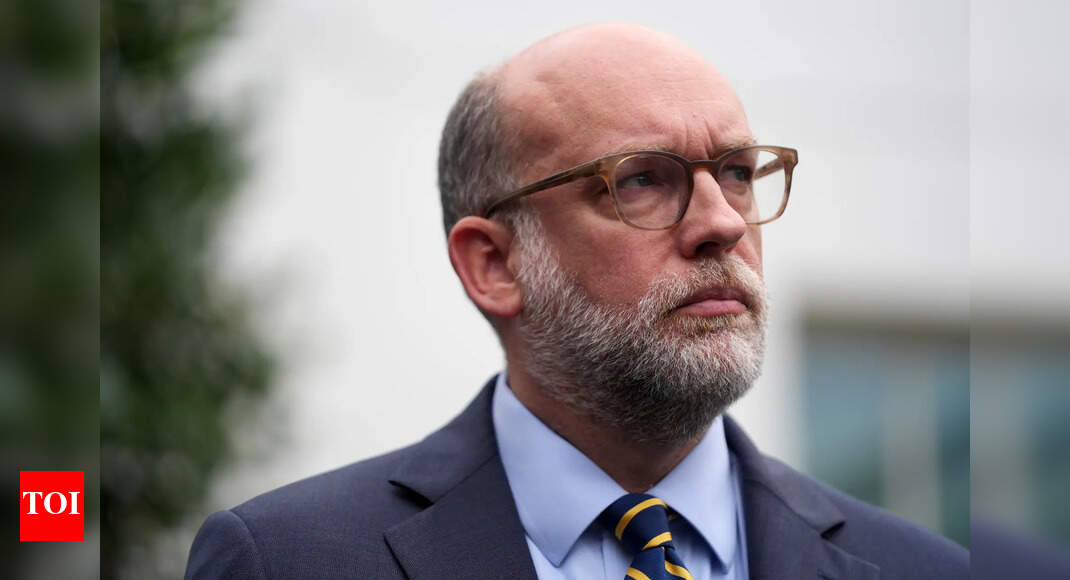
Amid a continuing government shutdown that began on 1 October, 2025, the White House has confirmed that significant layoffs of federal employees have commenced, as part of an effort to pressure Democrats. The move comes ten days after Congress failed to pass a funding measure to keep the government open, affecting roughly 40% of the federal workforce, or about 750,000 employees.The term “RIFs,” short for reductions in force, was used by Office of Management and Budget Director Russell Vought in a post on X. A spokesman for the White House confirmed the cuts had started and described them as “substantial,” though specifics on the scale and affected departments remain limited.
Which agencies are affected
Federal agencies are already issuing notices. The Department of Homeland Security said that reductions-in-force would occur at the Cybersecurity and Infrastructure Security Agency, while the Treasury Department confirmed that RIF notices had begun. At the Department of Health and Human Resources, employees across multiple divisions have received reduction-in-force notifications, described by spokesperson Andrew Nixon as a direct consequence of the Democrat-led shutdown, as reported by BBC.
Legal challenges mount
The administration’s decision has drawn immediate legal challenges. The American Federation of Government Employees and AFL-CIO filed a lawsuit in Northern California seeking to temporarily block the layoffs. According to BBC, AFGE president Everett Kelley called the actions “disgraceful,” adding that federal workers are “tired of being used as pawns for the political and personal gains of the elected and un-elected leaders.”Political leaders have also weighed in. Senate Minority Leader Chuck Schumer, a Democrat, accused Trump and Vought of causing “deliberate chaos,” while Republican Senator John Thune defended the White House, noting that decisions about spending priorities during the shutdown were inevitable.
Why the shutdown happened
The shutdown began on October 1, 2025 after Democrats and Republicans failed to agree on a new funding bill. Democrats have opposed a Republican plan to reopen the government without preserving expiring tax credits that reduce health insurance costs and reversing cuts to Medicaid. Republicans have accused Democrats of unnecessarily triggering the shutdown and blamed them for its consequences.
Back-pay and workforce priorities
Non-essential federal workers placed on unpaid leave are legally entitled to back-pay once the shutdown ends. However, the Trump administration has suggested this might not be guaranteed. Significantly reducing the federal workforce has been a long-term priority for Vought, and the administration has made no secret of using the shutdown as an opportunity to implement further cuts.On 2 October, President Donald Trump posted on Truth Social that he had met with Vought “to determine which of the many Democrat Agencies, most of which are a political SCAM, he recommends to be cut, and whether or not those cuts will be temporary or permanent.” Prior to the shutdown, the White House budget office instructed federal agencies to prepare reduction-in-force plans, Politico reported, identifying employees or programmes whose funding would lapse or were “not consistent with the President’s priorities.”
A workforce already shrinking
Since January, the administration has already reduced the federal workforce through firings, buyouts, administrative leave, and resignations. The Partnership for Public Service, a bipartisan group studying federal employment, estimated that about 200,000 employees had left the workforce as of 23 September.As the government shutdown continues, the unfolding layoffs underscore the intersection of politics and public service, highlighting how workforce reductions are increasingly used as a lever in broader budgetary and policy disputes.








